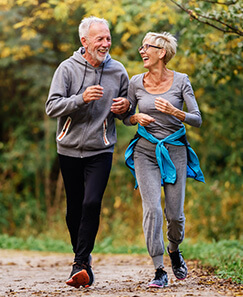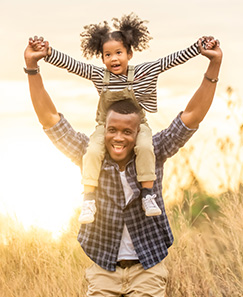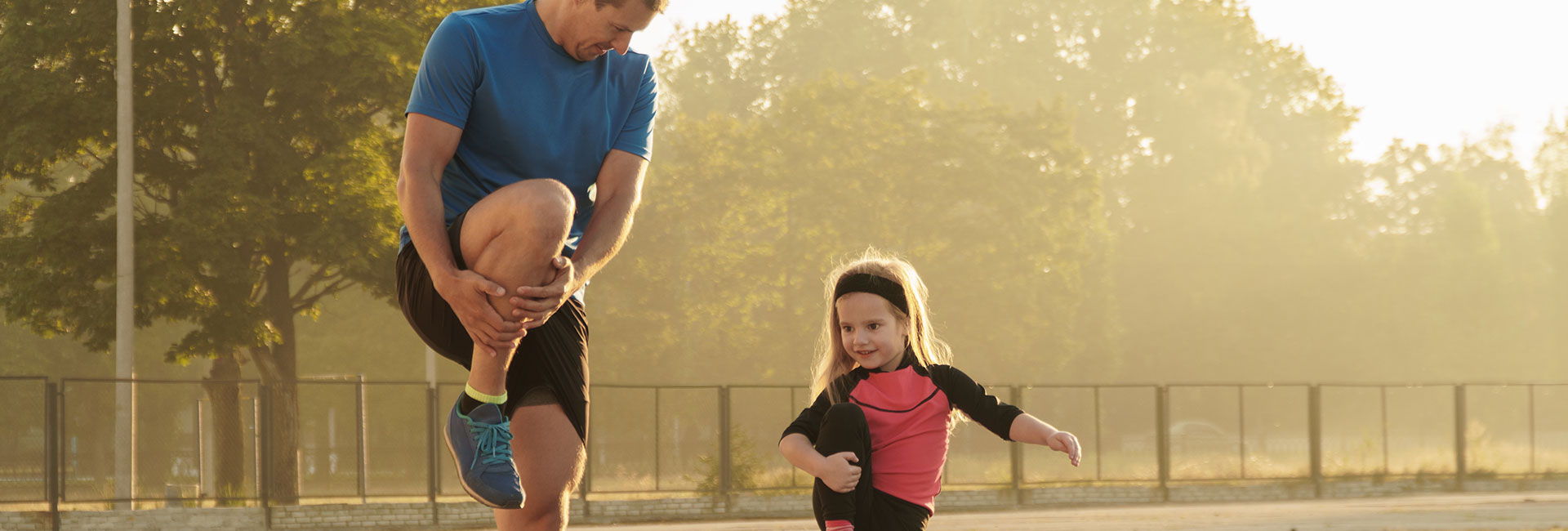Knees hurt sometimes. Even in young people. Reading for yourself or someone you care about? This blog is intended to cover common knee injuries in adolescents and what can be done to take care of them.
First, a little background information to get us started. What structures make up your knee, anyway?1
The knee has four bones:
-the femur (the thigh bone)
-the tibia (the shin bone)
-the fibula (small bone next to the shin)
-the patella (the kneecap)
The ends of the bones are covered by a layer of slippery, protective tissue called cartilage.
There are two pads of cartilage between the femur and the patella. Each one is called a “meniscus.” You have a medial meniscus and lateral meniscus in each knee that act as shock absorbers and help with stability.
The bones are held together by muscles, and tough pieces of tissue called ligaments. Ligaments we think about include:
-Medial collateral ligament (MCL) – connects the femur to the tibia on the inside of the knee
-Lateral collateral ligament (LCL) – connects the femur to the fibula on the outside of the knee
-Anterior cruciate ligament (ACL) – connects the tibia to the femur, running on the inside of the knee between the menisci
-Patellar ligaments and tendons (MPFL/LPFL) – hold the patella in the correct place on top of the femur
What are common knee injuries?
Common knee injuries can be divided into two main categories: gradual-onset injuries, and sudden-onset injuries.
Gradual Onset Injuries (also called “chronic” injuries)
This type of knee injury happens over a period of time. There are two common gradual onset knee injuries.
- Patellofemoral pain
What does it feel like?
There can be pain on either edge or underneath the kneecap. It is often worse when running or going up and down stairs.
What is happening?
The kneecap is rubbing abnormally over the bone underneath it. This is often due to improper mechanics at the foot or the hip, causing the knee to collapse inward with each step.
What to do?
This one is a tricky one to treat because there are many things that can contribute to it. If you rest and it doesn’t go away, or comes back with return to activity, see a PT or sports medicine specialist for help.
How to avoid?
Start activity slowly! You may be able to avoid this if you ease yourself into new activities. Wear supportive shoes, keep your hips strong, and try to walk, run, and jump with your knees going straight forward – not knocking together inwards. See below for exercises for hip strength and knee alignment.
- Osgood Schlatter
What does it feel like?
Aching on the top of the tibia (shin bone), just below the kneecap. Pain is usually worse after running or jumping. There is often swelling or a bump over the painful area as well.
What is happening?
The patellar tendon (which attaches the patella to the tibia) attaches to the tibia on a growth plate. Repetitive jumping or running can make the growth plate sensitive and painful.
What to do?
Osgood Schlatter occurs while someone is still growing, and goes away once growth has ended. The condition can last anywhere from a few weeks, to even months or years. It is best to avoid aggravating activities when it is causing pain so that it does not progress further. When the pain is present, ice and rest can help.
How to avoid?
It is important to keep your quads, hamstrings, and calves loose, especially during growth spurts. Make sure your knees are aligned correctly when you jump and run. If you have flat feet, you could try arch supports.. Fortunately, we do know that people eventually grow out of this once their growth plates close.
Traumatic Injuries
Traumatic Injuries are injuries that happen at one specific time. You’ll remember the moment. If you think one of these has happened, please seek medical attention.
- Patellar dislocation
What happens?
The kneecap slides out of the groove it is supposed to stay in. The majority of patellar dislocations are lateral, meaning the kneecap slides to the outside. Most happen when the foot is planted and the knee is flexed and rotated inwards (think knock-knees). The patella can also be knocked out of place if it is hit with a force going from the inside of the knee to the outside of the knee. When this happens you can see the kneecap is in the wrong place on the outside of the knee, and it is quite painful and likely swollen.
Typical treatment:
Usually treatment involves rest and physical therapy with strengthening and gradual return to sport. If patellar dislocations happen frequently, sometimes surgery is performed to help hold the patella in the correct place.
How to avoid?
Keep your legs and hips strong. Avoid knock knees when running and jumping. See below for exercises for hip strength and knee alignment.3
- Ligament injuries
- ACL
What happens?
The anterior cruciate ligament, which is a ligament that goes through the inside of the knee, tears during a twisting or pivoting motion. This can be a non-contact or a contact injury. Sometimes other injuries happen at the same time, such as an MCL tear or a meniscus tear.
Typical treatment:
Most ACL tears in adolescents require surgery, where they replace the torn ligament and address any other injured tissue inside the knee. Rehabilitation from the surgery requires physical therapy, lots of exercise, and staying out of contact sports for up to 9-12 months.
How to avoid?
Keep your hips strong and keep track of your landing mechanics. This is particularly important if you are a female or have an increased Q-angle (you are “knock kneed” when you stand).4
- MCL
What happens?
The ligament on the inside of the knee that connects the tibia to the femur gets stretched or torn. In adolescents, these injuries most often happen in football or soccer when the leg gets hit to the side. Sometimes MCL tears are associated with patellar dislocations, meniscus tears or ACL injuries.
Typical treatment:
Depending on the severity of the tear, athletes need to rest and may be put in a brace. MCL surgery is rare, though surgery is sometimes needed to address other injuries (meniscus tear or ACL injury) that happened at the same time.
How to avoid?
These injuries happen most with contact sports (football and soccer). Reducing the amount of contact and keeping legs strong will help, but ultimately you can’t avoid the risk altogether without switching to a non-contact sport.5
- LCL
What happens?
The ligament on the outside of the knee that connects the femur to the fibula gets stretched or torn. These injuries are rare in adolescents, but do happen occasionally in football or soccer.
Treatment and prevention is the same as for MCL.
- Meniscus tears
What happens?
One of the discs of fibrocartilage that separates the tibia and fibula gets torn during a twisting or pivoting motion on the knee. There can be swelling, popping, or locking of the knee after this.
Typical treatment:
It is very important to get assessed by a medical professional. Sometimes this requires surgery to repair the meniscus. If no surgery is required, rest and pain-free exercise are ok to do, ideally under the guidance of a medical professional.
How to avoid?
Keep those hips and legs strong!6
5 moves to increase hip strength & avoid knee injuries!
Add these moves to your daily routine 2-3 days per week or more.
Side-lying Hip Abduction
Lay on your side, put your hand on your top hip. Lift your top leg up and slightly behind you. Use your hand to make sure your body isn’t rolling backwards and you aren’t hiking your hip up. Aim for 2 sets of 10-20 on each side.
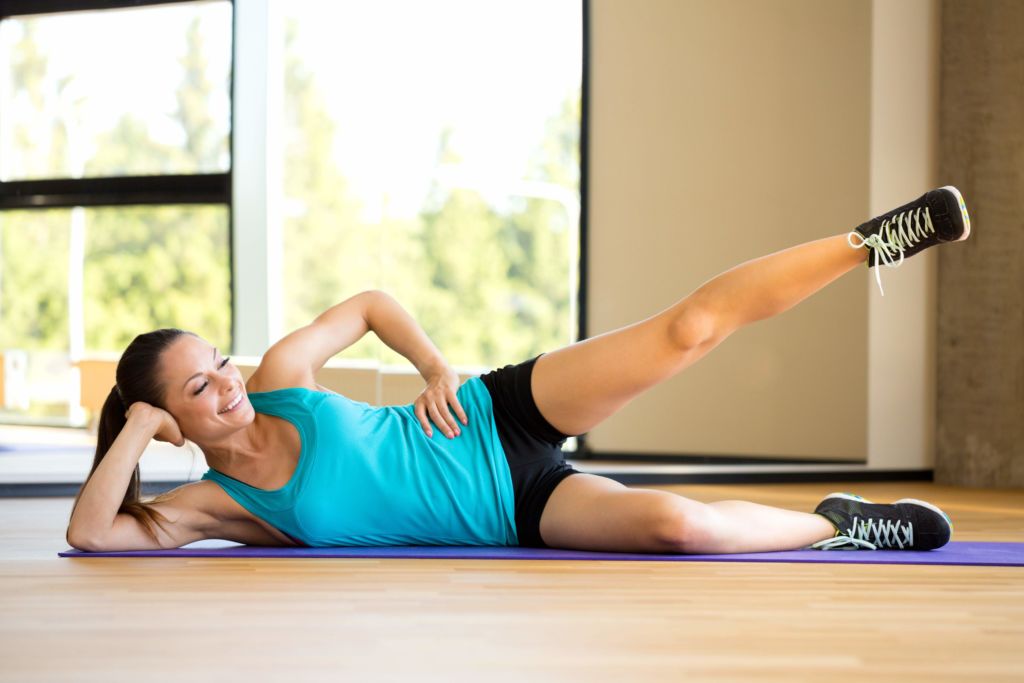
Banded Squat
Put a heavy resistance band around your knees. Perform a squat, making sure that your knees stay lined up right over your feet and do not go inwards (knock kneed) or outwards (bowlegged). Aim for 2 sets of 10-20.
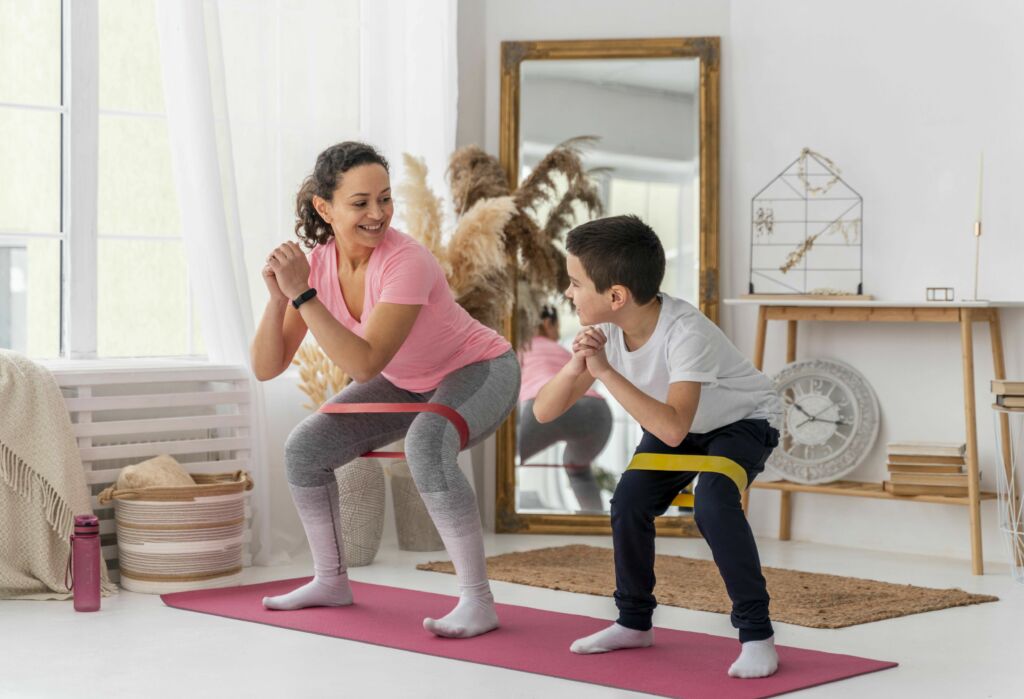
Side Plank
Begin on your side with your hips straight and your knees bent to 90 degrees. Lift your body up so you are balanced between your elbow and your knee. Aim for 2 sets of 30-60 seconds on each side. For greater challenge, straighten your legs so that your weight is on your feet instead of your knees.
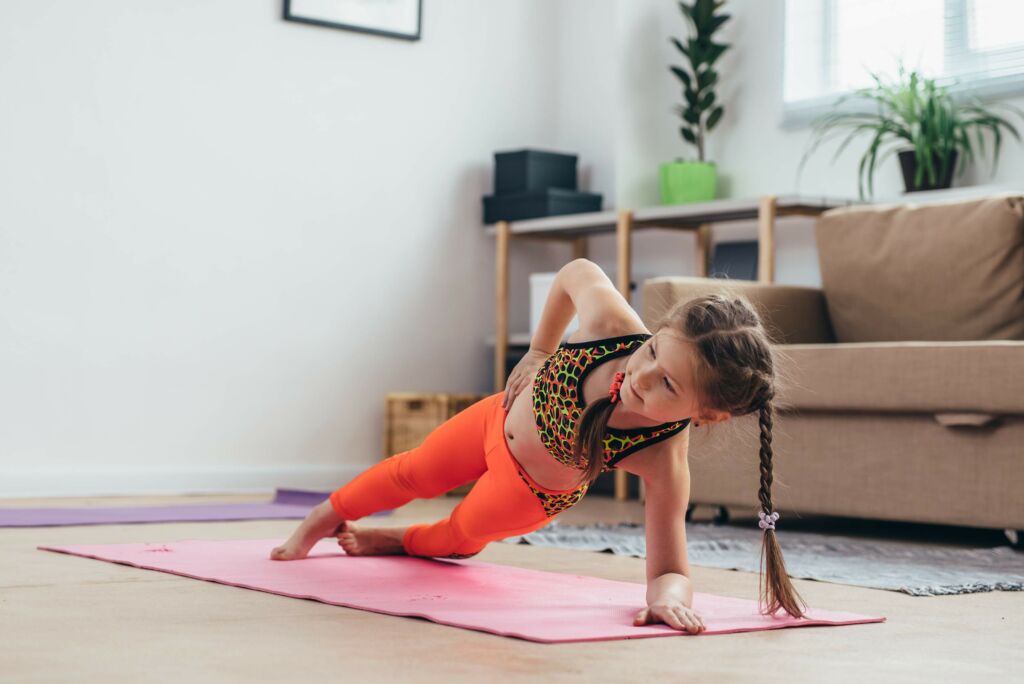
Side Plank Clamshell
Start in a side plank as above, with knees bent. Keep your heels together and slowly raise and lower your top knee. Do not let your hips twist backward. Aim for 2 sets of 10-20 on each side.
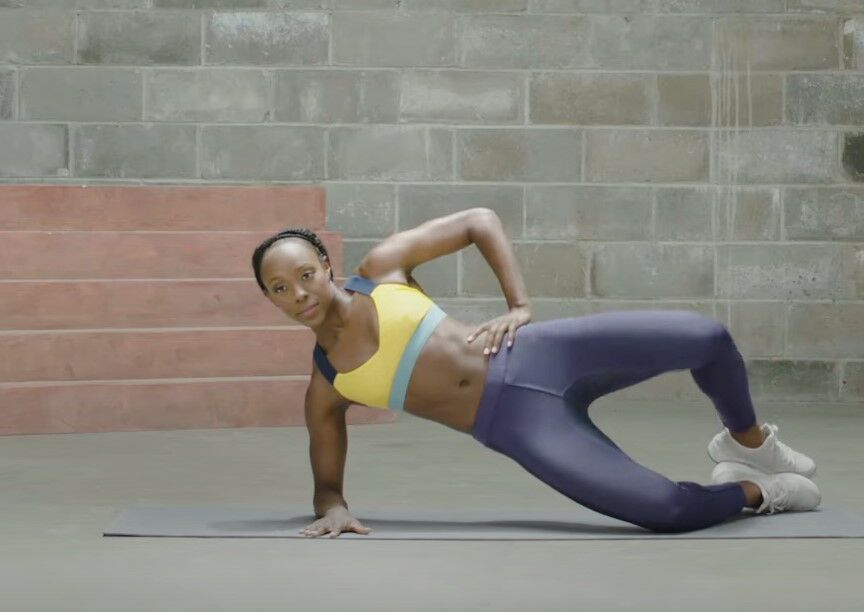
Squat Jumps
Perform squat jumps facing a partner or a mirror, practicing keeping your knees right in line with your hips and ankles. Aim for 2 sets of 10-20.
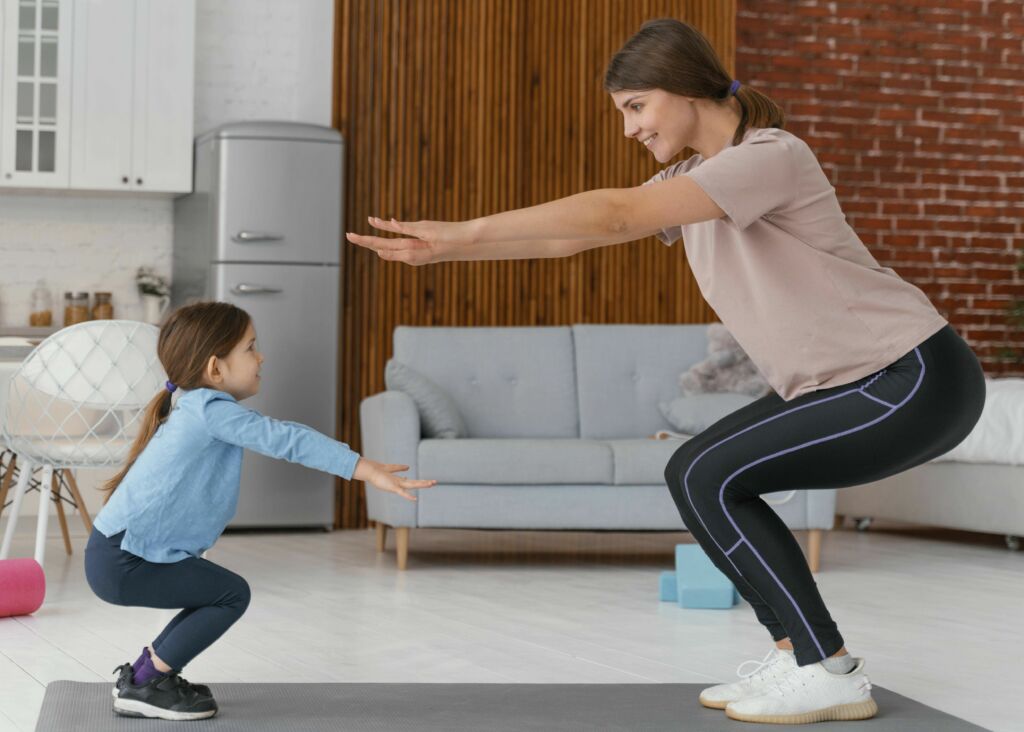
Want more? Check out the “Fifa 11.” This is an outstanding resource for soccer players and all athletes. Doing the drills twice a week has been shown to reduce the risk of injury!
References:
- Essential Clinical Anatomy, 5th ed. Moore, Keith L.
- Pathology. Goodman, Catherine C. Elsevieron VitalSource
- https://posna.org/Physician-Education/Study-Guide/Patellar-Dislocation-(Acute)
- https://www.mammothortho.com/pdf/pedi-acl.pdf
- https://pubmed.ncbi.nlm.nih.gov/31923166/
- https://posna.org/Physician-Education/Study-Guide/Meniscus-Tears
Start your journey to pain-free living today.
Our experts are committed to providing effective, efficient, and compassionate care to help you live a pain-free, active life. Our passion is to help every patient reach their goals on their journey to recovery and optimal performance.
